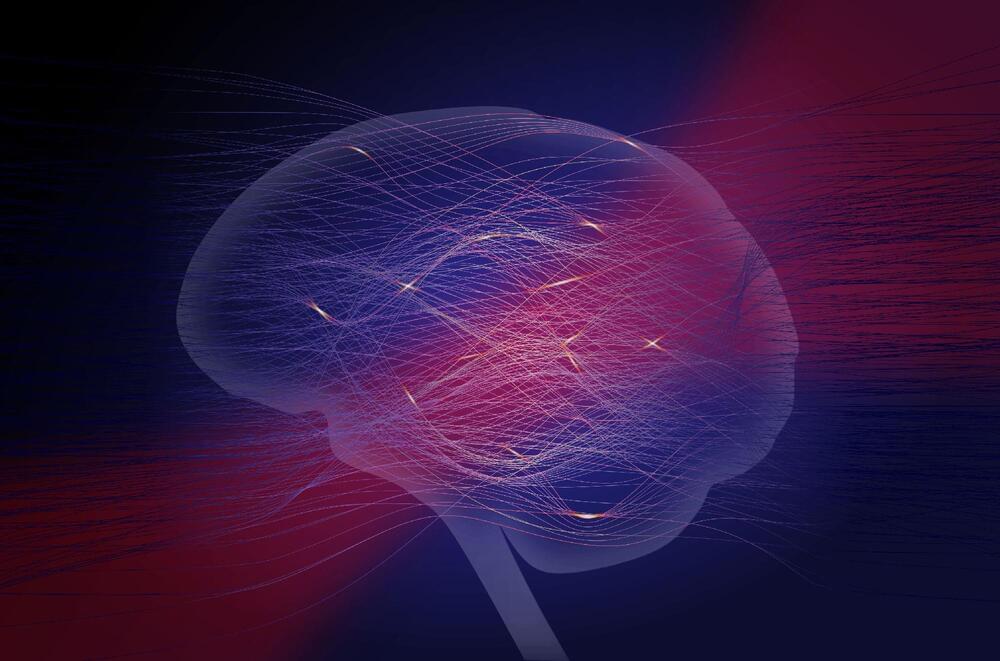Scientists propose a new way of implementing a neural network with an optical system which could make machine learning more sustainable in the future. The researchers at the Max Planck Institute for the Science of Light have published their new method in Nature Physics, demonstrating a method much simpler than previous approaches.
Machine learning and artificial intelligence are becoming increasingly widespread with applications ranging from computer vision to text generation, as demonstrated by ChatGPT. However, these complex tasks require increasingly complex neural networks; some with many billion parameters. This rapid growth of neural network size has put the technologies on an unsustainable path due to their exponentially growing energy consumption and training times. For instance, it is estimated that training GPT-3 consumed more than 1,000 MWh of energy, which amounts to the daily electrical energy consumption of a small town. This trend has created a need for faster, more energy-and cost-efficient alternatives, sparking the rapidly developing field of neuromorphic computing. The aim of this field is to replace the neural networks on our digital computers with physical neural networks.
